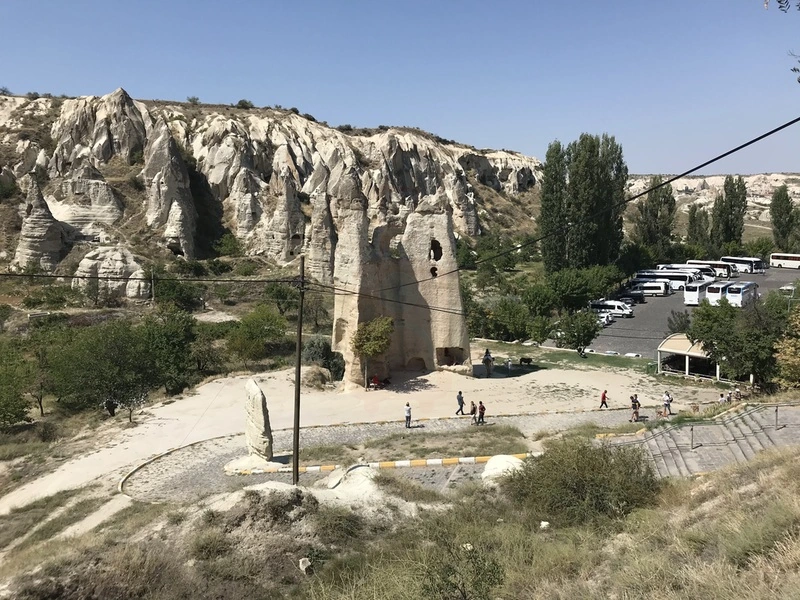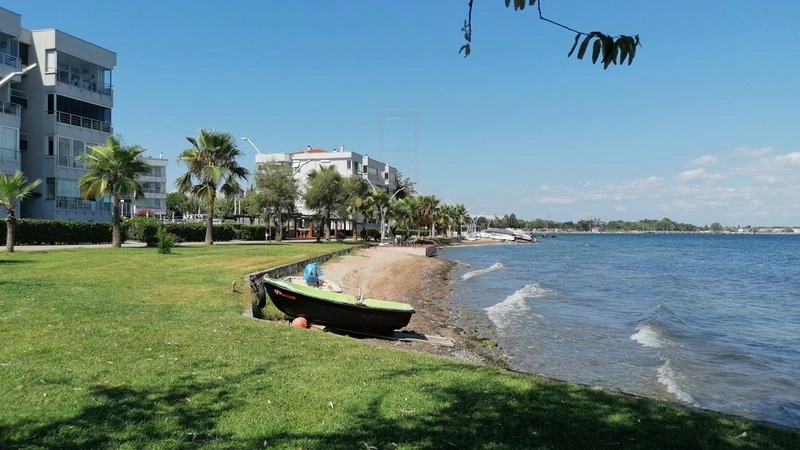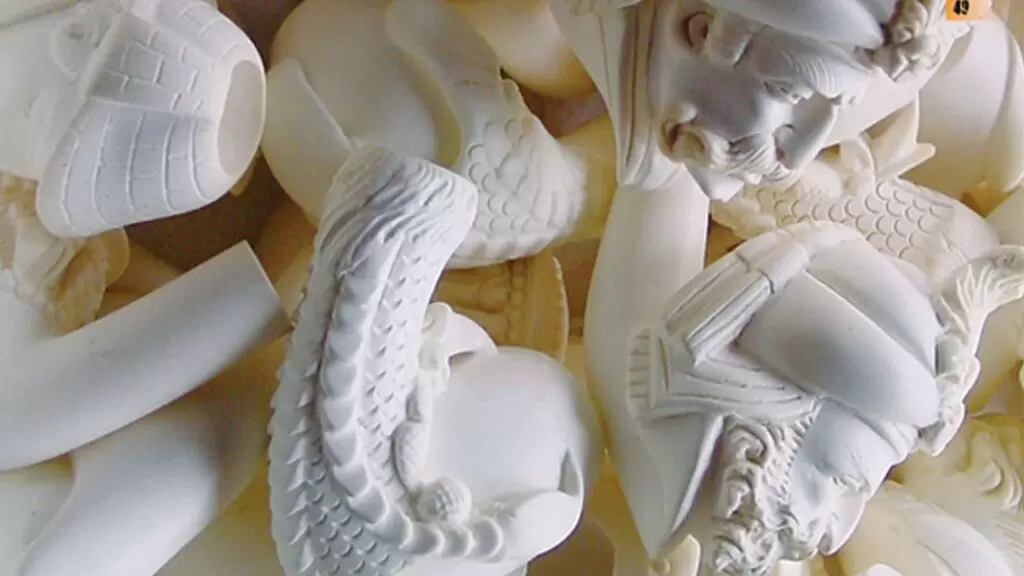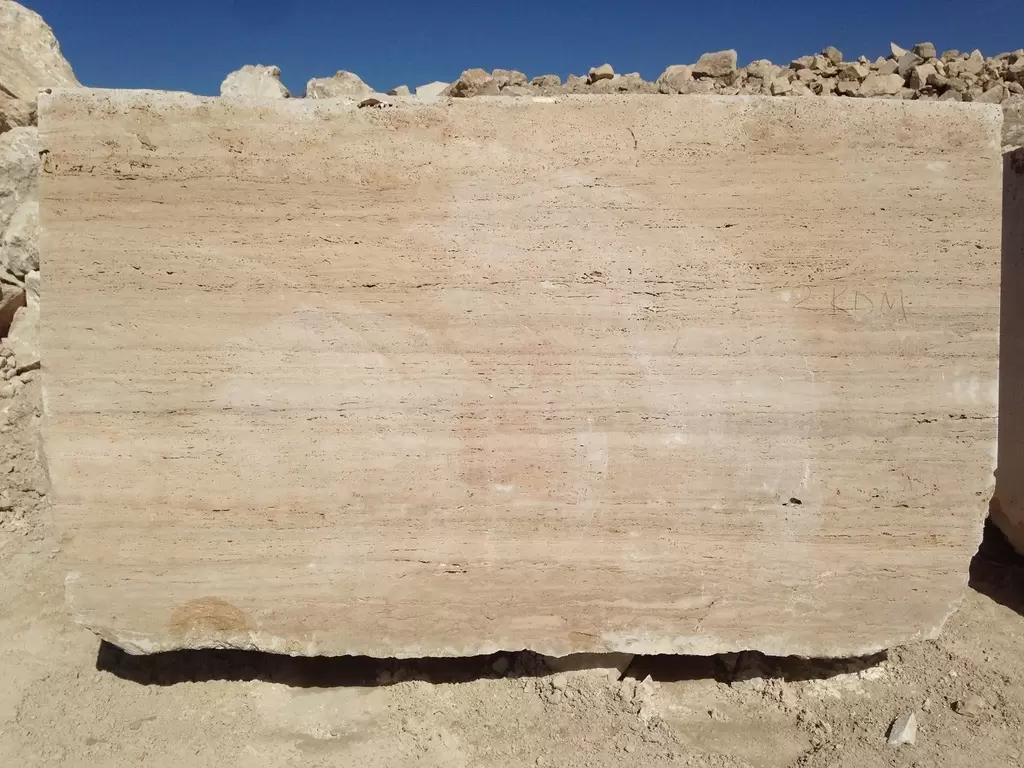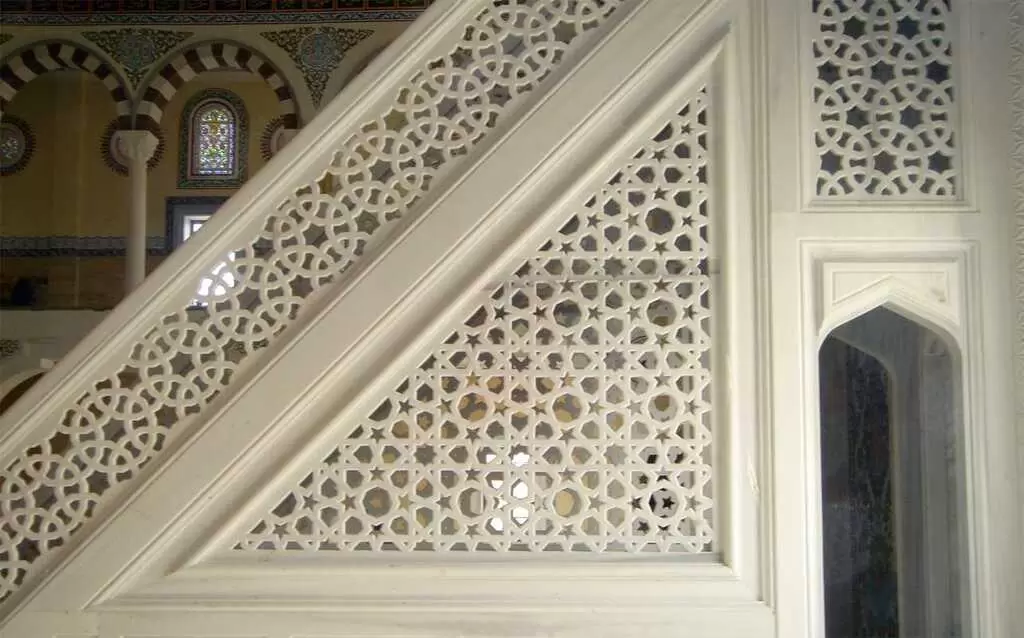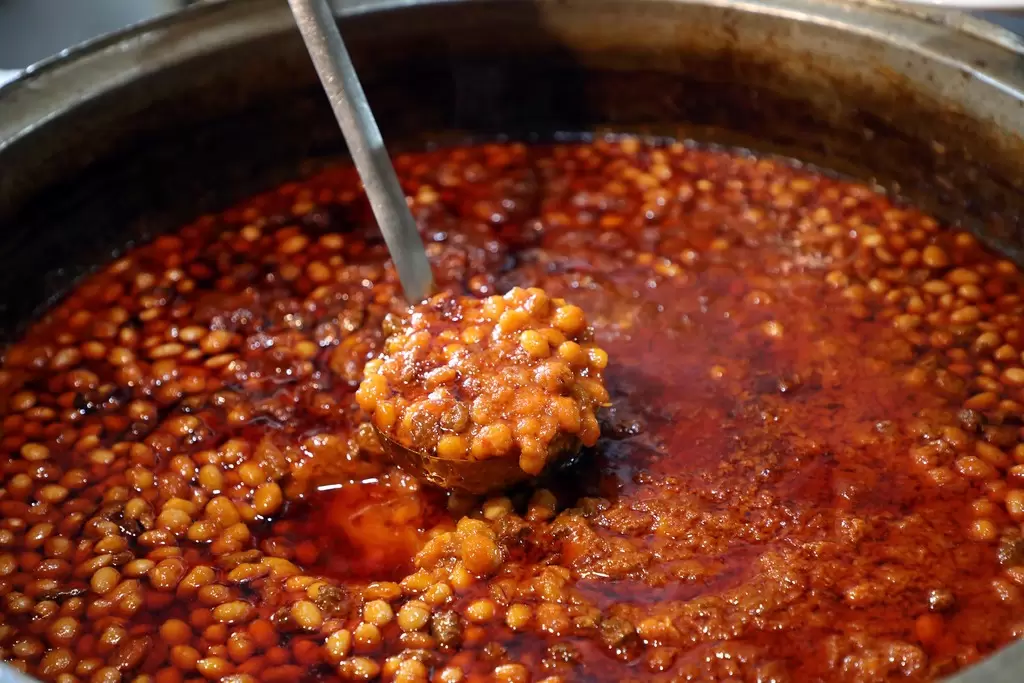
Bayburt Stone, a unique Geographically Indicated Product from Turkey, is renowned for its distinctive aesthetic and functional properties. Extracted from the Bayburt region, this natural stone is characterized by its soft, fine-grained texture and ease of processing, making it a favored material in various construction and decorative applications.
The stone typically exhibits a beautiful palette of colors, primarily yellow and white, often featuring green speckles or wavy patterns. This striking coloration adds a unique visual appeal, allowing it to be used effectively in both traditional and modern architectural designs. Its soft nature, with a Mohs hardness rating of 2-3, enables artisans to easily shape and carve the stone, enhancing its versatility for a range of applications.
Bayburt Stone is primarily utilized in the construction of homes, walls, bridges, and tombs, as well as in decorative items. Its lightweight and manageable size make it suitable for intricate carvings and detailed craftsmanship, commonly seen in decorative panels, sculptures, and various handicrafts. The main quarries for this stone are located in Toptepe, Sırataşlar, Gevenli, Konakdağ, and Gümüşdamla, where skilled artisans continue to extract and process this valuable resource.
One distinctive feature of Bayburt Stone is its high water absorption capacity, which makes it less suitable for environments with sudden temperature changes. This property can lead to white efflorescence and flaking if exposed to moisture in fluctuating conditions. Therefore, it is often recommended for use in indoor applications where it can maintain its integrity and aesthetic appeal.
Furthermore, the beauty of Bayburt Stone is enhanced when it is processed without direct sunlight, allowing for intricate detailing that showcases its natural patterns. This careful craftsmanship is particularly important for its primary usage in decorative indoor settings, where the stone's unique colors and textures can be fully appreciated.
In summary, Bayburt Stone is a remarkable natural resource with a rich history and cultural significance. Its distinctive features, including its attractive coloration, ease of processing, and versatility, make it a cherished material in construction and decorative arts, reflecting the heritage and craftsmanship of the Bayburt region.






